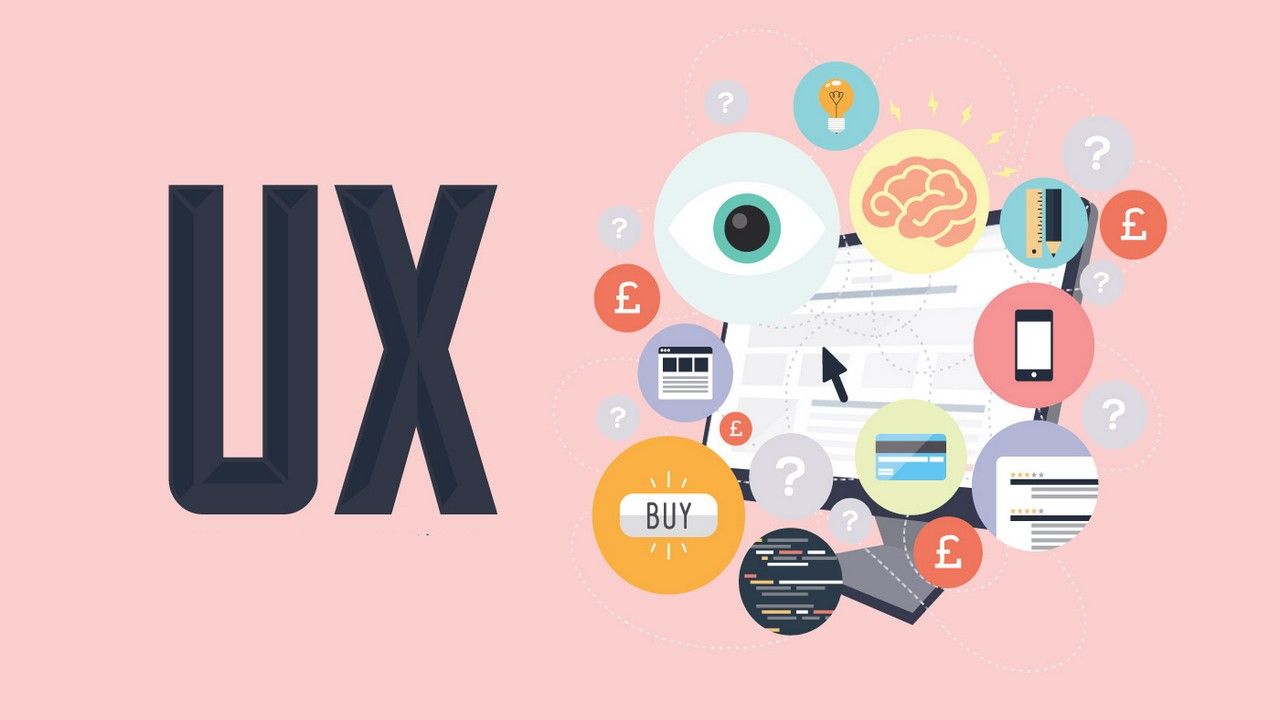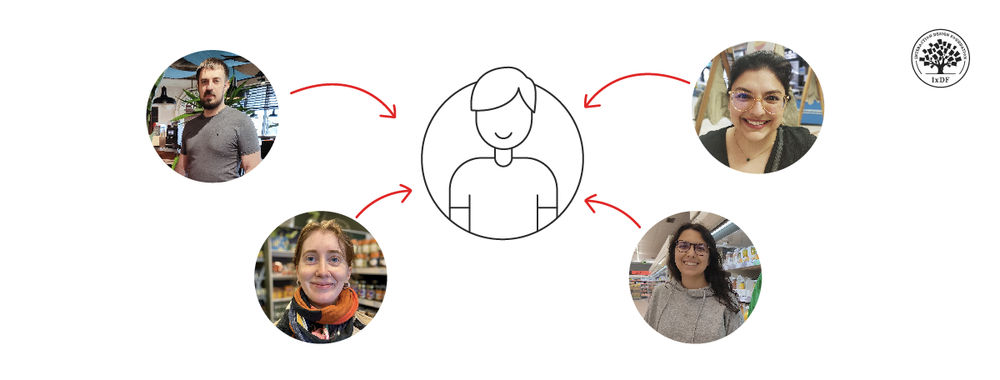The process of creating a new product or application varies hugely between companies and individuals. Yet, if you really want to develop products and applications that deliver an awesome user experience you might want to consider approaching design in a slightly different way. If UX is vital (and we think it is) surely that’s where we should start? E.g. we design the experience first and then worry about features second?
How to Design the User Experience (In Brief)
There are lots of very detailed text books that look at how to develop a user experience in depth. We’re just going to take a very high-level look here:
Step 1 – Know Your Foe
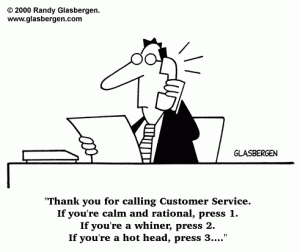
Or actually this might be better called; know your customers. If you don’t know who they are then you can’t possibly identify the right experience for them. You need answers to questions like these:
- Who are your current customers?
- What identifies these customers?
- What motivates them as a demographic?
- Where do they live/work/party?
- What’s their preferred method of buying stuff?
- What computers, smartphones, etc. do they use/own?
Step 2- Talk to Them
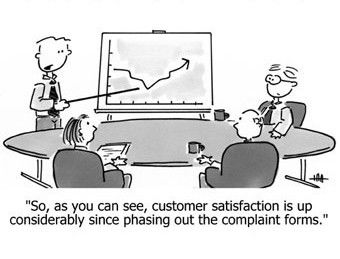
Once you’ve figured out who your customers are then you can start to engage them in meaningful dialogue. This is “UX research” made simple. You don’t need to be a qualified UX researcher to get the most out of this stage but it might help to have someone on the team who has experience of designing and conducting meaningful research too.
Here are things that you might want to find out when talking to your clients:
- What’s the problem with what they do now? (e.g. Where’s the pain?)
- What do you like about our brand/product/industry?
- What don’t you like about our brand/product/industry?
- Where do you like to shop for products like ours?
- How do you find out about products like ours?
- What would you need to know before you gave our product a try?
- What would incentivize you to try our product?
- What technologies do you use to access similar products?
- Where do you use these technologies?
Step 3 – Put The Product into Context
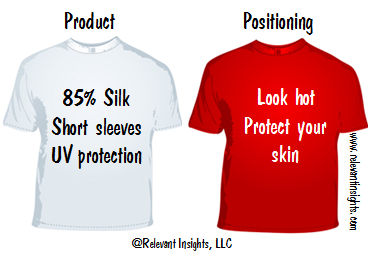
Now you know something about the user you can put your product into context. If you know how find out about the product; you can start thinking about positioning that product. If you know where they buy similar products from; you can examine what you need to do to get your product in place.
If you understand the pain they feel with similar products; you can look at the way that your product might eliminate these issues. If you know which technologies they prefer; you can start to examine which platforms you will develop your ideas for. And so on…
The desired user experience falls easily out of conversations with your users. It then becomes much easier to develop the features of your product to meet the expectations of the users rather than the excitement of your product development team.
Images: Header, Know, Talk, Positioning
